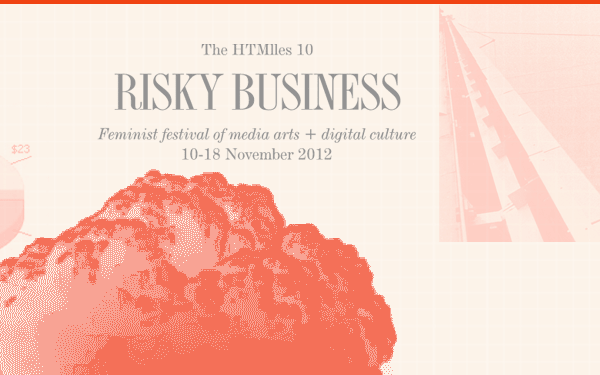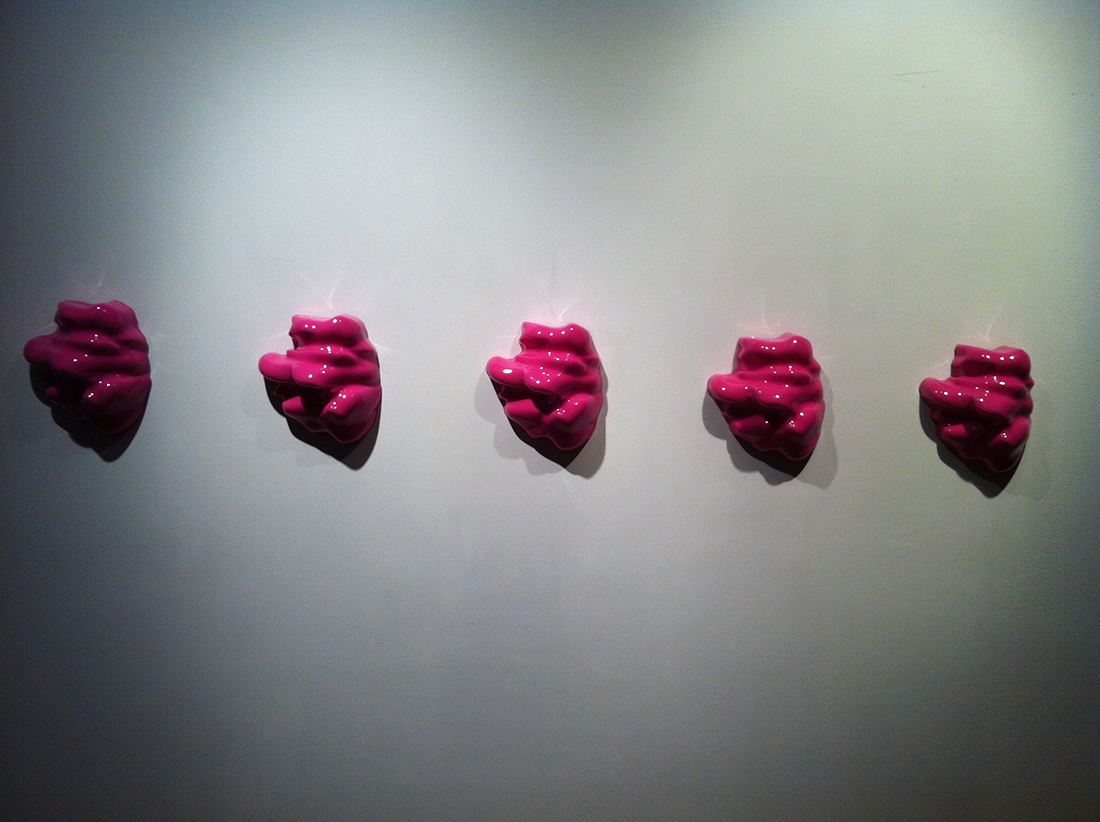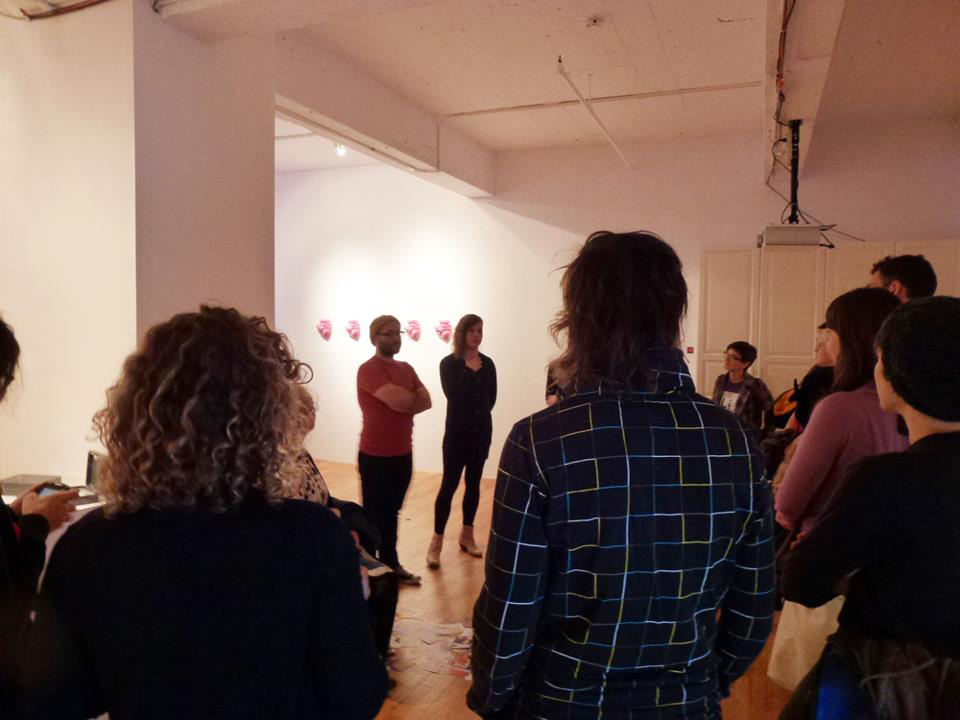Studio XX, Montréal, Canada | Website

The 10th edition of The HTMlles will take up the notion of risk. To risk: to gain or to lose (it is uncertain), to expose oneself to a possibility… Risk is a potential. Whether used positively or negatively, the idea of risk implies that of evaluation, action and distribution, and thus, power. While the term “risk” evolved with the development of capitalism, the concept of “risk society” is about twenty years old and has been used by scholars to describe how modern society organizes around the idea of risk, that is, in response to a future (which society should be able to manage). By simply invoking or imagining the future, one immediately engages in risky behaviours. Anything and everything can become risky… Indeed, there exists a global economic and industrial complex organized around monitoring and moderating “risk”, from insurance companies to investment products, as well as technologies and approved, standardized methods of risk assessment and risk management. There are also whole sets of techniques of calculation, “optimization” and social control that rely on the presence of a notion of “risk,” from so-called “at-risk-populations” to who are considered “vulnerable,” “suspect” or, increasingly so nowadays, “insolvable.”
In such a critical moment, it is perhaps crucial to ask (ourselves) some questions. How does the language of risk articulate itself today? What is at risk today? How can one take risks today? What are the different levels of risk in our various (trans)actions? What is the relationship between risk, technology and power? How is risk both managed and created? How is it distributed? Since when does one “invest” in one’s future and what does it actually mean? Do “crises” serve to pacify the communities being affected by these “crises”? Who are they? What do artists have to say about these so-called risks and crises? How is making art risky today? Who speaks? To whom and in the name of what?
Artists: VIOLETA VOJVODIC-BALAZ, JIM BELL, SUSANNE BERKENHEGER, ZACH BLAS, LINDSAY MACDONALD + SHEELAGH CARPENDALE, CHANNEL TWO, MICHA CÁRDENAS, KOBY R. H. + FRÉDÉRIC CARMEL, CERRUCHA, VALÉRIE CORDY, JULIET DAVIS, NATHALIE DEMERS, DÉPART. DES NUISANCES PUBLIQUES, KEG DE SOUZA, JULIE MATSON + ADINA EDWARDS, SOLOMIYA MOROZ + ALI EL-DARSA, JOHNSTON NEWFIELD + JOHNNY FOREVER, NIKKI FORREST, GAMBLETRON, ANNE GOLDENBERG, SARAH L’HÉRAULT, ARKADI LAVOIE LACHAPELLE, PAMELA LAMB, HANNAH LEJA EPSTEIN, LES DÉLICATES ATTENTIONS, ELISHA LIM, LND4, NANCY MAURO-FLUDE, DEVON MICHIGAN, PREMA MURTHY, ALEXIS O’HARA, RICKIE LEA OWENS, JEN REIMER, SUBROSA, LORI WEIDENHAMMER





